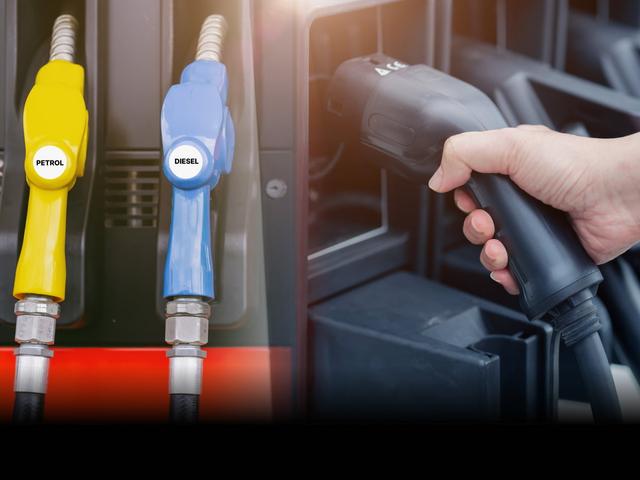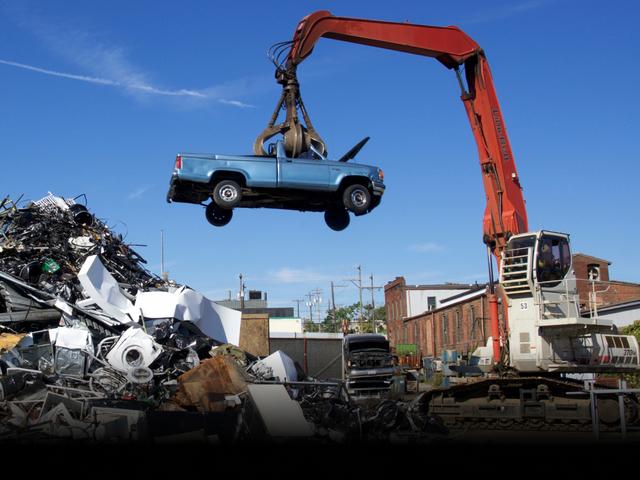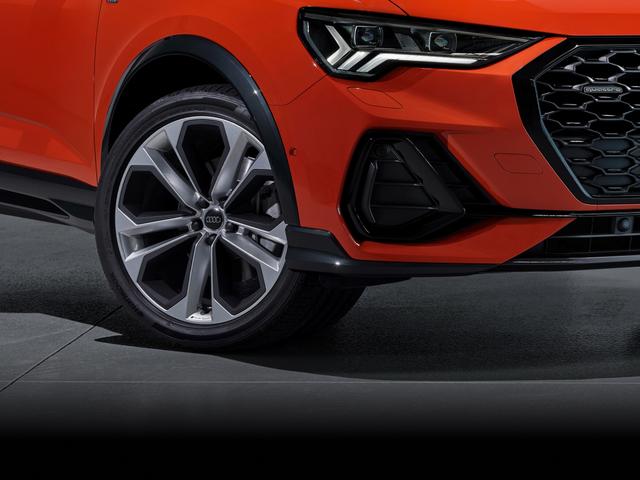


Blink blink !
Its almost here


How to Check the Engine Condition of a Used Car
- 1Engines are complex and require periodic servicing to ensure longevity
- 2Reviewing maintenance records is crucial to understand engine health
- 3Test drives are a great way to understand engine health on a used car
The engine is one of the most crucial components to check before buying a used car. The engine’s health determines the vehicle’s performance, its reliability, and how long the vehicle will run healthily. In a country like India, this holds more importance than usual because of severe weather and road conditions that significantly impact a car’s wear and tear. While the inner workings of an engine are complex, there are certain ways to check if the engine is healthy, even if you’re not a professional. This guide will run you through the steps to thoroughly evaluate the engine condition of a used vehicle, so that you can make an informed decision.
Become a part of the official CARS24 auto community; AUTOVERSE, where we host lively auto discussions, updates, and more.
Check for Physical Signs of Damage or Wear

The first step in assessing engine condition is a visual inspection. Severe weather conditions, such as extreme heat, high humidity, or heavy monsoons, can lead to unique forms of wear and damage.
What to Look For
- Milky Residue: Open the engine oil cap to see if there is any white milky residue. Any white sticky substance could mean that the head gasket has failed, and the engine oil has mixed with the coolant.
- Oil leaks: Examine the engine bay and undercarriage for oil stains or puddles. Oil leaks indicate issues with seals or gaskets, which could require costly repairs.
- Corrosion or rust: Inspect the engine block and other metallic components for signs of rust, especially in coastal areas like Mumbai that are prone to salt-laden air.
- Belts and hoses: Check for cracks or excessive wear in rubber components like belts and hoses, as these are critical to engine operation.
- Coolant condition: The coolant reservoir should contain clean fluid without contamination or discolouration, indicating a healthy cooling system.
Listen to the Engine
Even if you are not well-versed with the workings of an engine, there are easy ways to pick up on subtle engine issues. Start the car and let it idle before revving the engine.
Red Flags to Listen For
- Knocking sounds: Persistent knocking or pinging noises could signal detonation issues or internal engine damage.
- Squealing noises: High-pitched squealing often indicates worn-out belts or issues with the timing system.
- Rough idle: An uneven or vibrating idle may be a sign of misfiring cylinders or fuel delivery problems.
Take note of how the engine sounds in neutral, under acceleration, and while coasting to detect issues.
Check the Exhaust

The exhaust system provides valuable clues about engine health. Tailpipe emissions often reveal underlying problems, especially with older cars in India.
What to Observe
- Colour of the smoke:
- Blue smoke: Indicates burning oil, which could be due to worn piston rings or valve seals.
- Black smoke: Suggests excessive fuel consumption, potentially due to a clogged air filter or fuel injector issues.
- White smoke: Signals coolant leakage, likely due to a damaged head gasket.
- Blue smoke: Indicates burning oil, which could be due to worn piston rings or valve seals.
- Exhaust odour: A pungent or chemical smell could suggest unburnt fuel, catalytic converter problems, or overheating.
A Pollution Under Control (PUC) certificate is a requirement for all vehicles. Reviewing this certificate can provide insights into the vehicle's emission levels and compliance.
Scan for Diagnostic Trouble Codes (DTCs)
.jpg)
Modern cars are equipped with On-Board Diagnostics (OBD) systems that can reveal hidden engine issues. All cars manufactured in India after 2013 feature an OBD-II port. A quick scan with a reader can uncover critical faults.
Steps to Scan for DTCs
- Use an OBD-II scanner: Connect a scanner to the OBD-II port, typically located under the dashboard.
- Interpret codes: Read the diagnostic trouble codes, which correspond to specific engine issues like sensor malfunctions or system errors.
- Check for pending errors: Some codes may not trigger the "check engine" light but indicate underlying problems.
A number of driving conditions can trigger a fault in the engine, and an OBD scan ensures no surprises post-purchase.
Test Drive the Vehicle

A test drive is essential for evaluating how the engine performs under real-world conditions. India's diverse road conditions, traffic density, and frequent stop-start driving make this step particularly important.
Key Observations During a Test Drive
- Acceleration: The engine should respond smoothly and in a proportionate manner when pressing the accelerator pedal. Hesitation or jerking may point to fuel or ignition issues.
- Noise levels: Pay attention to the engine noise at varying speeds and conditions. If it seems louder than normal, there’s likely an issue with the engine that needs resolving.
- Temperature gauge: Ensure the engine maintains optimal temperature, as overheating is a common issue in older cars.
- Clutch and gearbox performance: For manual cars, ensure smooth gear shifts and a responsive clutch. In automatics, look for seamless gear transitions.
- Mileage display: Verify that the fuel efficiency matches the manufacturer’s specifications for that model. With age, the fuel efficiency of a vehicle does drop, but there shouldn’t be an alarming gap between the expected mileage and real-world efficiency.
Review Maintenance Records

It’s not unusual to see car owners skimp on routine maintenance, which makes it crucial to examine the service history. A well-maintained car will have a healthy engine.
What to Check
- Service intervals: Ensure services were performed regularly, as per manufacturer recommendations.
- Authorised service centres: Look for maintenance done at authorised service centers, as they use genuine parts.
- Major repairs: Be wary of repeated repairs or major overhauls, which could indicate a problematic engine.
- Oil change records: Regular oil changes are vital for engine longevity, particularly in dusty environments.
Requesting maintenance receipts or checking the service history in the owner's manual can provide insights into the car’s upkeep.
Seek a Professional Inspection

While DIY checks are valuable, consulting a professional is advisable for a comprehensive pre-delivery inspection (PDI) checklist and evaluation. Indian garages are well-versed in diagnosing engine issues across various car brands and models.
Benefits of a Professional Inspection
- Advanced tools: Mechanics have specialised equipment for compression tests, vacuum tests, and more.
- Expertise: An experienced mechanic can detect issues that might not be visible or audible to an untrained eye and ear.
- Cost estimation: Professionals can provide an estimate of potential repair costs, helping your purchase decision.
For a small fee, an inspection can save you from costly repairs later, especially for used cars with higher mileage or unknown histories.
Conclusion
Checking the engine condition of a used car is crucial to ensure you get value for your money, especially considering the diverse road and weather conditions across India. By following these steps—inspecting for physical damage, listening to the engine, analysing exhaust emissions, scanning for diagnostic codes, test driving, reviewing maintenance records, and seeking professional help—you can minimise risks and make an informed purchase.
Remember, the engine is the heart of any vehicle. A careful assessment not only ensures better performance and longevity but also enhances safety and reliability. Take your time, be thorough, and you’ll drive away with a car that meets your expectations.
Frequently Asked Questions
Expand all

Blink blink !
Its almost here













.jpg&w=640&q=75)









Blink blink !
Its almost here





.webp&w=828&q=75)






